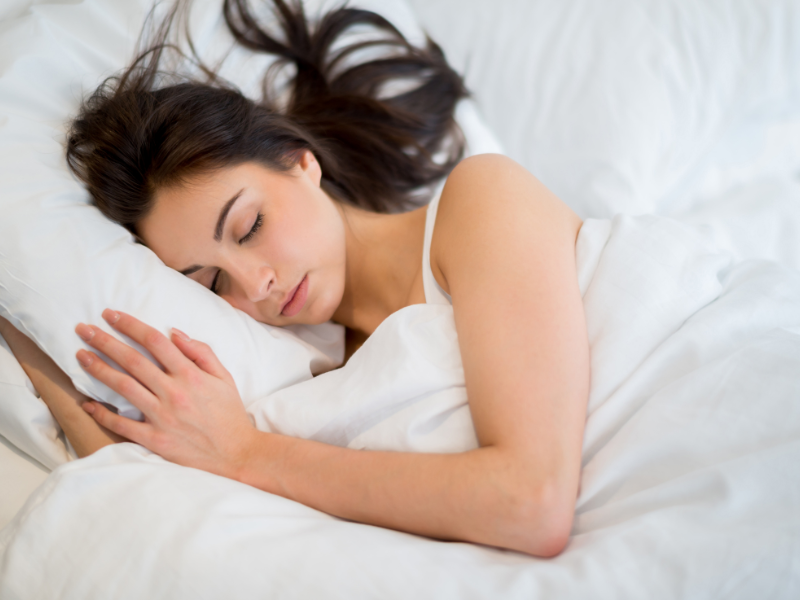


Getting a good night’s sleep is essential for our physical and mental well-being. However, many people struggle to fall asleep or stay asleep due to various factors, including room temperature. But how do we know what is the best temperature for sleep?
In this post, we will look at the role of temperature in sleep, find out the ideal temperature and how it affects sleep. We will also share some tips for creating the perfect sleep environment!
The temperature of the environment is an important factor that affects sleep. The body’s ability to regulate its internal temperature is closely linked to the sleep cycle. It influences how fast we fall asleep, how deeply we sleep and how well-rested we feel upon waking.
It is recommended by sleep experts that you should keep the room temperature between 60 to 72°F (15ºC-22ºC). This is an ideal sleep temperature because it allows the brain and the body to enter a state of relaxation and for REM sleep to take place. REM sleep is super important for us in consolidating memories, processing emotions, and promoting brain development.
When the bedroom temperature is too warm, the body has to work harder to cool down, and when it’s too cold, the body has to work harder to keep warm, both of which can lead to discomfort, wakefulness and poor sleep quality.
It can also help reduce the risk of night sweats, overheating, and restless sleep, which can all contribute to better sleep quality.
In fact, studies have also shown that there is a 5–10 % drop in sleep efficiency when the temperature is being increased to 77ºF-86ºF (25ºC-30ºC).

Temperature plays a crucial role in our sleep cycle and circadian rhythm. It can increase wakefulness and decrease rapid eye movement sleep and slow wave sleep. When the AC temperature in the room is too warm, it can make it harder to fall asleep. The core body temperature regulation system is stimulated, and it may release extra heat, which can cause discomfort and wakefulness.
Additionally, sweating can make it difficult to sleep. On the other hand, if the temperature is too cold, the body will try to warm itself up by shivering, which again leads to discomfort and wakefulness.

Sleeping in a cooler room offers several benefits for sleep health and overall well-being. Here are some of them:
Creating the perfect sleep environment involves optimizing various aspects of your bedroom to promote restful, uninterrupted sleep. Here are some tips to help you achieve this:
When creating an optimal sleep environment, some may tend to make the mistake of overheating their bedroom and ignoring humidity levels.
Sometimes, when you feel cold, you may have the habit of turning up the temperature and not switching it back. So you could end up feeling hot and sweating in the middle of the night. Thus, disrupting sleep.
Besides those tips shared, there are also many other ways that you can incorporate for a better night’s sleep. For example, you can incorporate the use of fans or air conditioning to keep the temperature consistent, use weighted blankets or cooling pads and also keeping a consistent sleep schedule.
In conclusion, while temperature is a factor that facilitates better sleep, it is a very important one. We hope that by knowing this information, you will remember to keep your sleep environment cool.
Soon, you will be on your way to making sleep your superpower!
Bryan, L. (2024) Melatonin: Usage, Side Effects, and Safety [online]. Available at: https://www.sleepfoundation.org/melatonin
Pacheco, D. (2024) Best Temperature for Sleep [online]. Available at: https://www.sleepfoundation.org/bedroom-environment/best-temperature-for-sleep#:~:text=The+best+room+temperature+for,for+the+most+comfortable+sleep.
Okamoto-Mizuno, K., & Mizuno, K. (2012). Effects of thermal environment on sleep and circadian rhythm. Journal of physiological anthropology, 31(1), 14. https://doi.org/10.1186/1880-6805-31-14